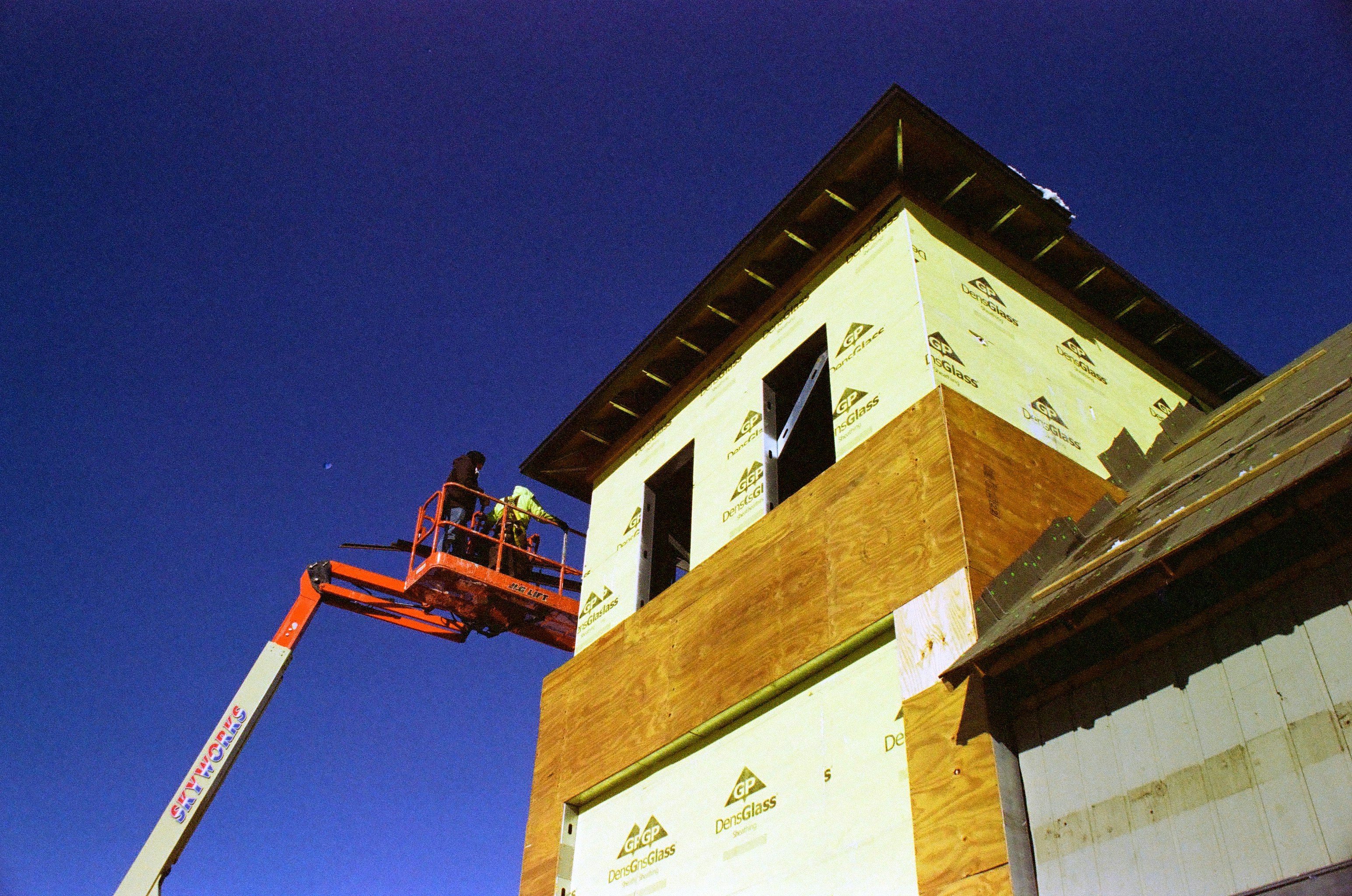The 5 Laws of And How Learn More

Selecting the right pre-kindergarten program for your child is a crucial decision that can set the foundation for their academic and social development. With a myriad of options available, navigating the labyrinth of early education can be overwhelming. This article aims to provide parents with a comprehensive guide on how to choose the right pre-K enrollment for their little ones, ensuring a positive and enriching start to their educational journey.
Every child is unique, and their individual needs and personality should be considered when selecting a pre-K program. Some children thrive in structured environments with clear routines, while others may benefit from a more flexible and play-based approach. Take note of your child’s temperament, interests, and learning style to find a program that aligns with their developmental needs.
Ensure that the pre-K program you’re considering is accredited and licensed by the relevant educational authorities. Accreditation indicates that the program meets specific quality standards, providing a safe and enriching environment for your child. Verify the credentials of the teachers and staff to ensure they possess the necessary qualifications and experience in early childhood education.
Different pre-K programs may follow various educational philosophies, such as Montessori, Reggio Emilia, or traditional approaches. Research these philosophies to understand their principles and methodologies. Choose a program that resonates with your beliefs about education and aligns with your child’s learning style. Visiting the school and observing classes can offer insights into how these philosophies are implemented in practice.
Practical considerations, such as the location and schedule of the pre-K program, play a crucial role in your decision-making process. Choose a location that is convenient for both drop-off and pick-up, taking into account your daily routine and work commitments. Additionally, consider the program’s schedule to ensure it complements your family’s lifestyle while providing ample time for your child to engage in both structured and unstructured activities.
Low teacher-student ratios are essential for providing individualized attention and fostering a supportive learning environment. Inquire about the class sizes and teacher-student ratios at prospective pre-K programs. Smaller class sizes allow teachers to better understand each child’s strengths and challenges, promoting personalized learning experiences.
The physical environment and available resources greatly impact a child’s learning experience. Visit the pre-K programs you’re considering to assess the cleanliness, safety, and overall quality of the facilities. Adequate learning materials, age-appropriate toys, and outdoor play areas contribute to a well-rounded and stimulating educational setting.
A strong partnership between parents and educators enhances a child’s overall development. Inquire about the pre-K program’s policies regarding parental involvement, communication channels, and opportunities to participate in school activities. A supportive community can greatly contribute to your child’s sense of belonging and success in the early learning environment.
Choosing the right pre-K enrollment for your child is a pivotal decision that requires careful consideration of various factors. By assessing your child’s needs, researching accreditation, exploring educational philosophies, considering practical aspects, and examining the learning environment, you can make an informed choice that sets the stage for a positive and enriching early education experience.
The 10 Commandments of And How Learn More
This post topic: Software


